Affiliate links on Android Authority may earn us a commission. Learn more.
What to expect from UFS, the fast new cards that will replace microSD
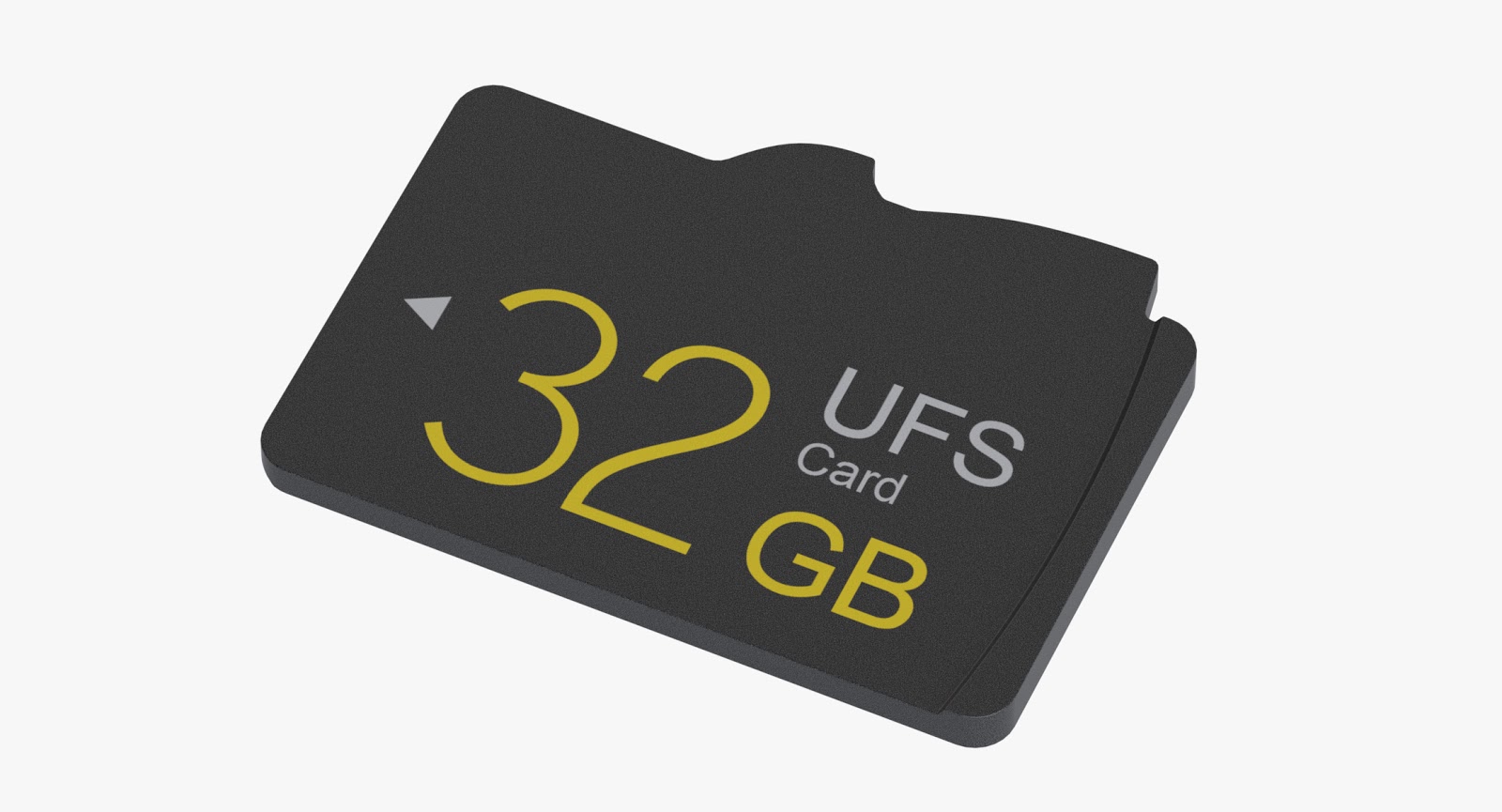
Universal Flash Storage (UFS) memory cards appear to be on the way, promising faster memory speeds to keep up with ever faster smartphones. Samsung recently announced some details about its first UFS memory cards, and there will be plenty of other manufacturers coming forth with their own models based on the JEDEC Universal Flash Storage 1.0 Card Extension standard over the next year or so.
We’ve actually heard a fair bit about UFS memory in the past, as it’s also looking to replace the eMMC memory modules used for the main storage inside smartphones, Chromebooks, and low cost notebooks. Samsung has actually been using UFS main memory inside its flagship smartphones since the Galaxy S6 and S6 Edge. Here’s a breakdown of the pros, cons, and what we can expect from UFS memory cards in the coming years.
Much faster external memory
Faster data reading and writing speeds are the main benefit that has been presented so far, and in that regard alone UFS is a major step forward over today’s microSD cards. Samsung’s UFS card offers peak read speeds of 530MB/s, which is notably faster than the theoretical maximum 156MB/s bi-directional (full duplex) speed offered by the fastest UHS-II class microSD cards, although these have to rely on the optional Ultra High Speed bus pins that aren’t included in some older devices.
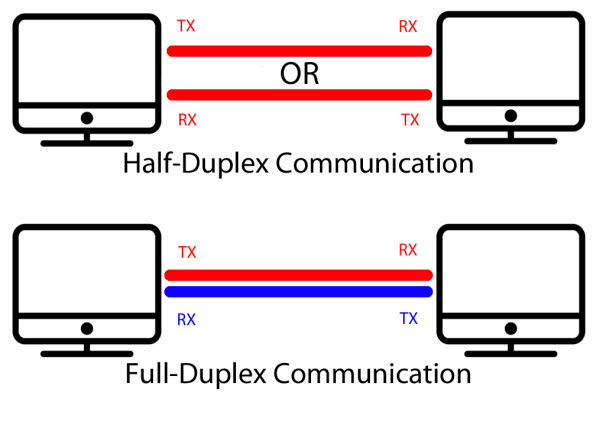
I should note that UHS-II also offers a half duplex mode, which sees its peak read speeds rise to a maximum of 312MB/s. However, half duplex mode only allows data to be sent in one direction at a time (read or write) and not both, unlike full duplex. Since UFS can reach even higher speeds using full duplex communication, it’s not really a one for one for comparison and I’ll only be referring to full duplex speeds from now on.
In terms of numbers, the first UFS memory cards peak at 530MB/s read and 170MB/s write. While the fastest full duplex UHS-II microSD cards top out at 156MB/s read and 90MB/s write, and UHS-I class cards are a tad slower at 104MB/s read and 60MB/s write.
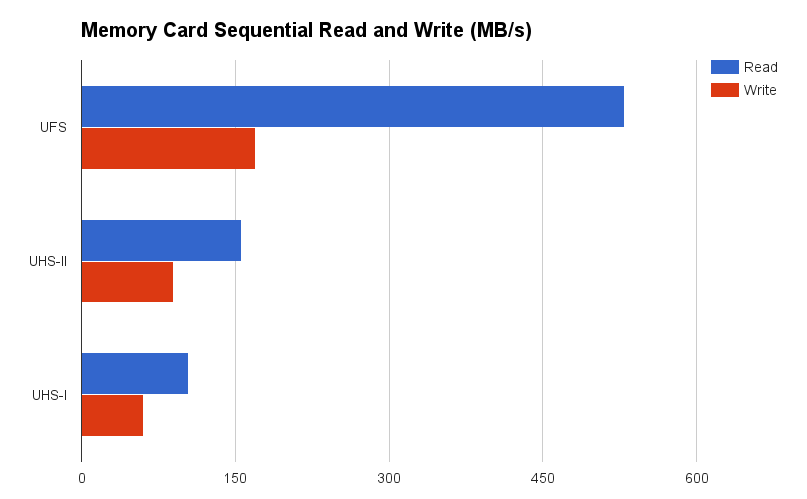
Input/Output operations per second (IOPS) figures, which Samsung touted during its product announcement, aren’t as useful for judging flash memory performance as they were back in the days of mechanical hard drives, so we won’t pay too much attention to those. Of course, these peak speed numbers should be taken with a pinch of salt too, as there is latency and data about the storage controller that also attributes to the overall performance of memory. Not to mention that random read and write speeds will be slower and performance will degrade somewhat as the memory cards become full.
Even so, it’s sufficient to say that there are some major performance improvements heading our way with UFS, especially in the data reading department. The typical low cost microSD cards on sale now are also much slower than the peak specification. Your regular Class 10 microSD card only promises write speeds of at least 10MB/s. It’s only the expensive V90 branded models that promise at least 90MB/s write speeds, and even then these speeds only apply to new, empty cards. At worst, this means that UFS should be three to five times faster at reading and two to three times faster at writing data than today’s fastest microSD cards.
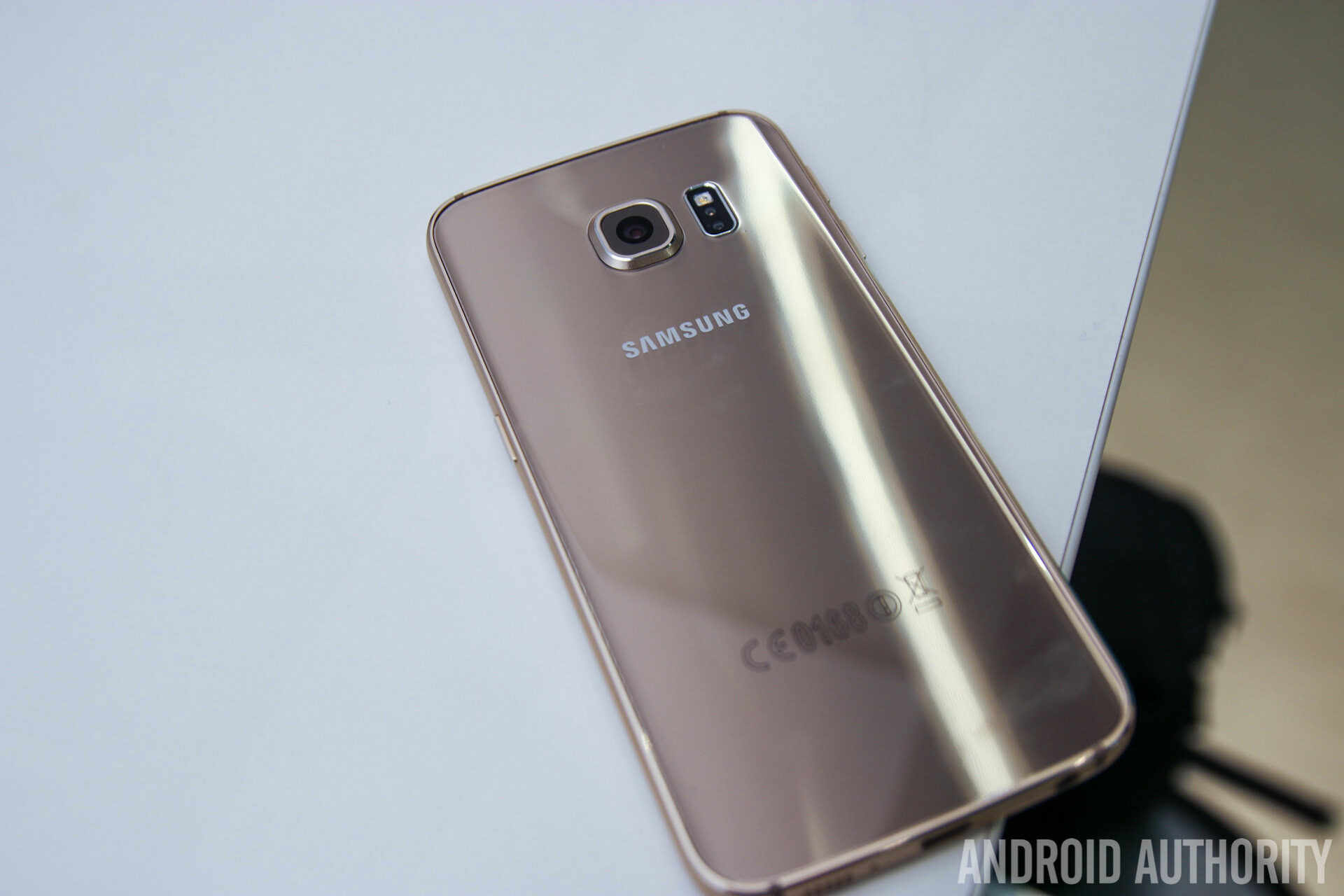
Ok, so today’s decent microSD cards aren’t running into performance problems when recording 1080p video or transferring 16MP JPEG images off your device. However, the drive towards 4K media, higher resolution and RAW photography, and superior quality gaming assets are pushing the need for faster memory speeds in smartphones. Video buffering times will decrease, thumbnails will appear almost instantaneously, and downloads will be faster, but perhaps the most important boosts come to saving data.
If you own a phone that can shoot in RAW, you’ve probably noticed that it takes longer to save an unprocessed RAW image than it does to convert and save a much smaller JPEG file. That’s simply because huge RAW files to microSD is slow. Similarly, recording 4K or slow-motion video requires faster memory speeds in order to avoid dropped frame and stuttering.
Better battery life
Usually, high performance comes at the expense of draining battery life. However, UFS also boasts lower power requirements than high speed microSD cards. The highest speed microSD cards can consume up to 2.88W of power for reading and writing and 0.72W while idle. The UFS specification states that cards shall consume a maximum of 300mA from each of the 3.3V and 1.8V supplies, totalling a maximum power consumption of 1.54W. This is almost half of the power required by a top-end microSD card and the faster transfer speeds also means that UFS memory cards can sleep sooner.

UFS offers near-zero idle power consumption too, along with multiple operational states for high and low speed transfers, sleep, and hibernation modes. For photography and video, this means being able to snap a larger number of pictures, and longer recording and footage playback times before depleting your phone’s battery.
Unified portable app storage
As well as high resolution multimedia applications, the move over to UFS for both internal and external memory could have some positive implications for apps. A wide range of apps, including high performance ones, could be installed on removable memory cards.
One of the reasons why software vendors have been reluctant to allow all apps to run from microSD cards is because of their much slower data transfer speeds, which degrades app performance. However, UFS memory cards will reduce this problem, by bringing external memory speeds up above the capabilities of today’s eMMC internal storage. Achieving these speeds with full duplex transmission is also hugely beneficial for apps because data can be pushed and pulled at once, reducing data queue sizes and improving application memory performance. UFS boasts other benefits too, including lower latency, deep queuing, and better random access to match today’s heavily mutli-threaded and multi-core smartphones.
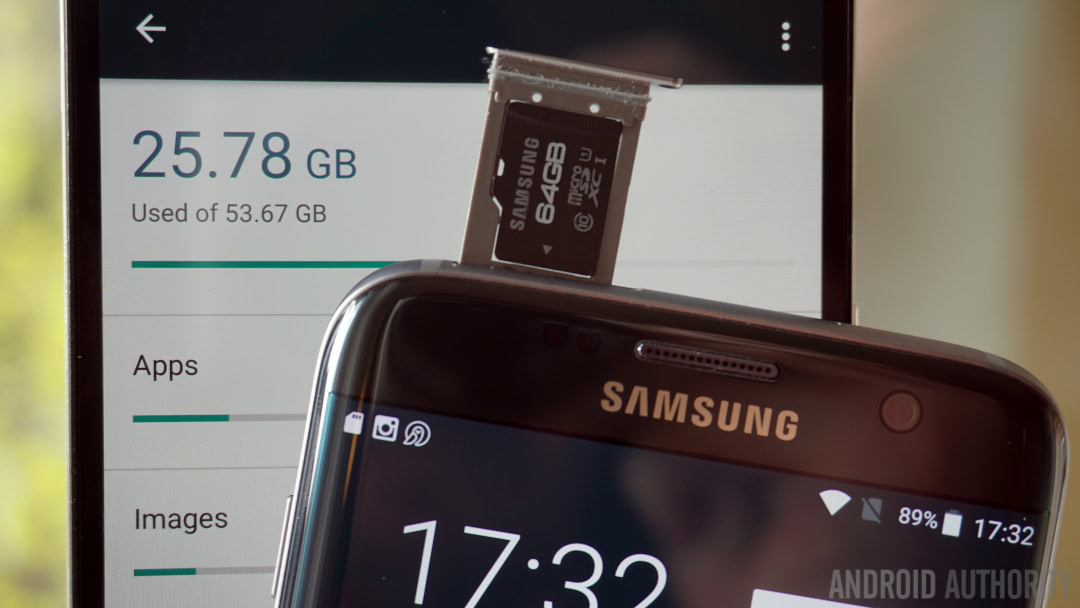
Apps and even games could run just fine from external storage in the future, OS permitting, which would give consumers greater control over their memory options. The lower power requirements of UFS also makes it more ideal for repeatedly pulling application data from, rather than the older microSD standard. All of this being said, not all of the features from the full UFS memory standard make their way over to UFS Card. The UFS Card standard is essentially a lite version of embedded UFS, but the situation should still be vastly improved over the currently limited microSD options.
While we’re touching on the subject, one of the more interesting features of UFS is its Unified Memory Extension. Essentially, this enables high speed UFS memory to supplement the main device memory and RAM inside a gadget, allowing software to use it as extra volatile-memory. However, it’s worth noting that even UFS is slower than normal bus speeds and isn’t going to increase the speed of your phone. Instead, this extension is designed to open up access to larger memory pools if needed. It’s not clear if this feature will be supported with Android and/or external UFS storage yet, but it’s a very promising prospect.
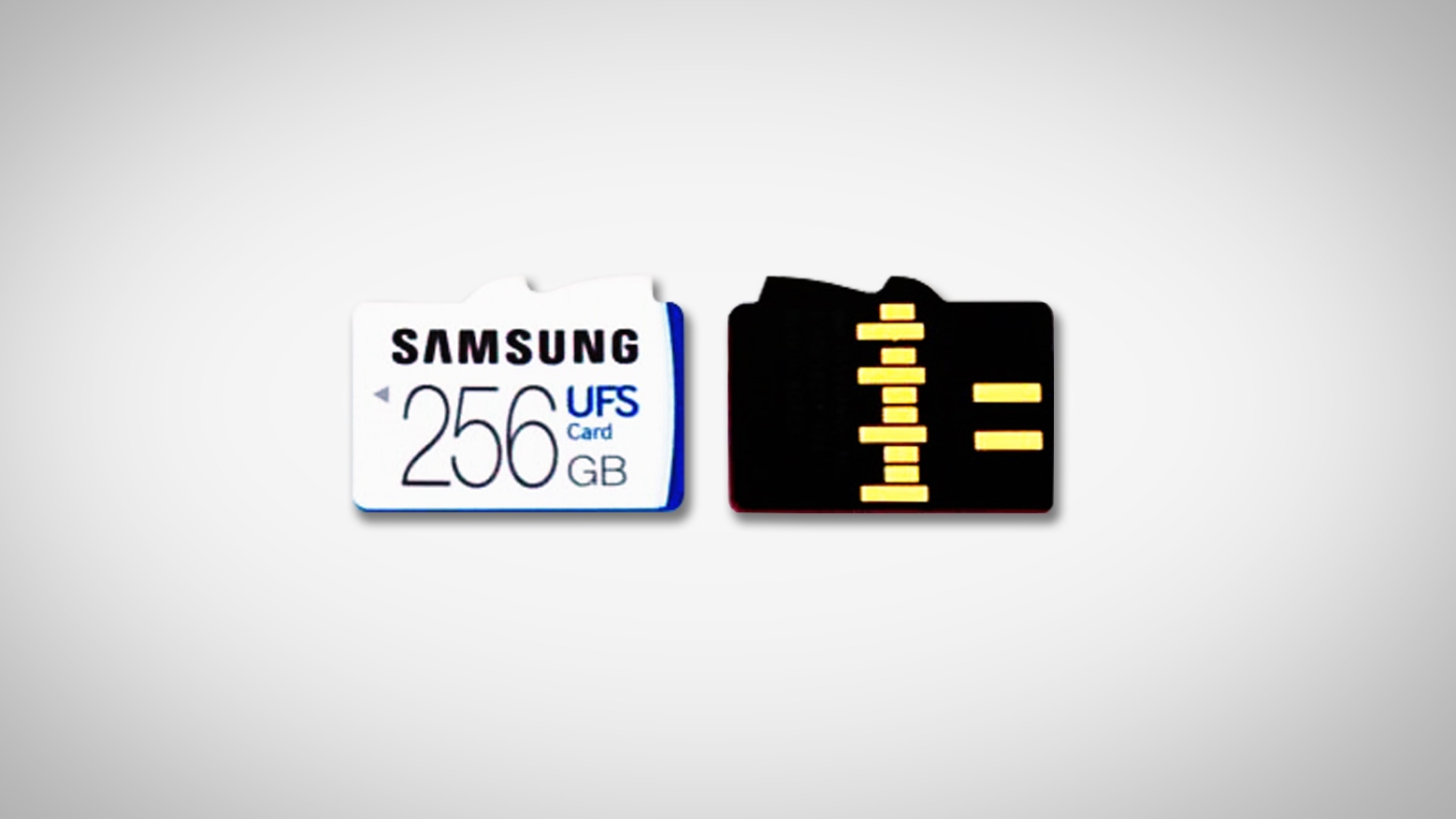
The most obvious trade off with UFS is that it doesn’t support the same pin configuration as current microSD cards, so today’s smartphones won’t be able to make use of these faster data speeds. Samsung quite deliberately didn’t mention UFS memory card support for smartphones during its announcement, as it is unlikely that the company has plans to include the technology in its next batch of smartphones.
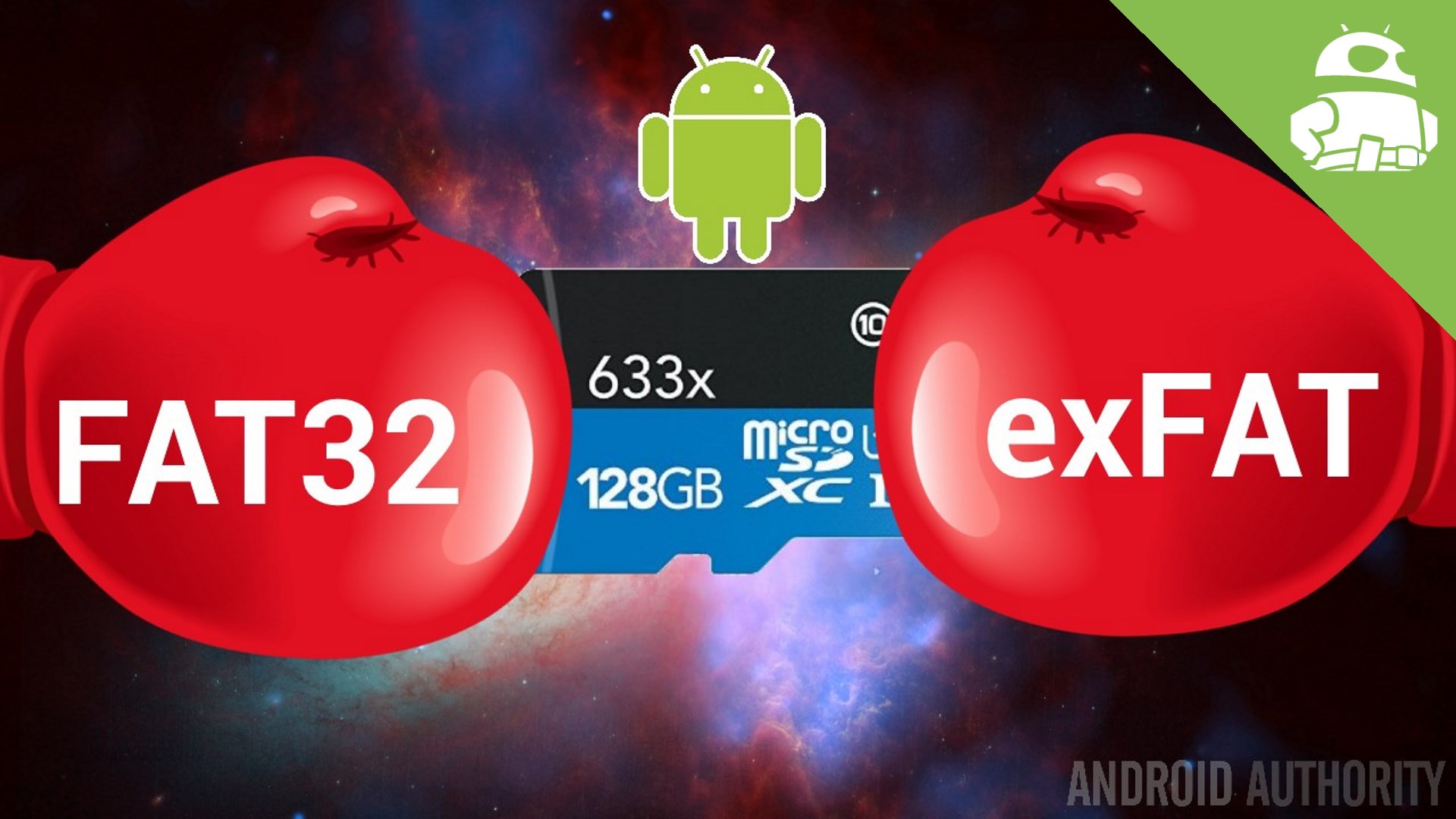
However, as Samsung has already begun the switch with internal memory, it’s likely just a matter of time before smartphone manufacturers begin making the change over to supporting UFS cards as well. We just may have to skip another generation before we see UFS card support. Likely, this won’t begin to happen until UFS cards gain some traction in top-of-the-line camera and video equipment, so keep your eyes out in the second half of 2017 and early 2018.